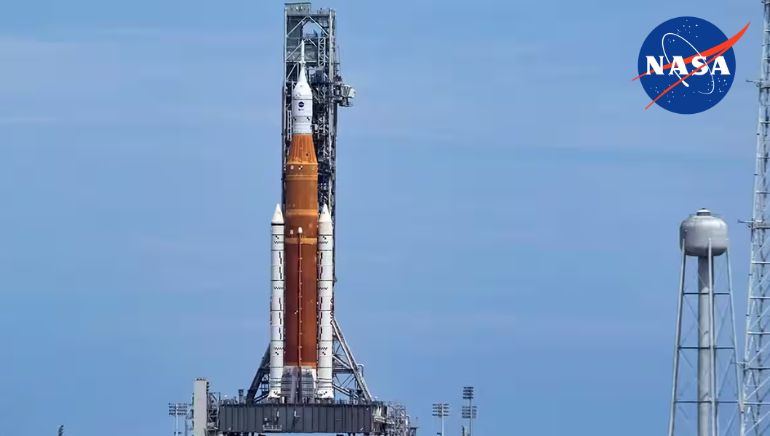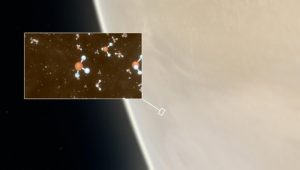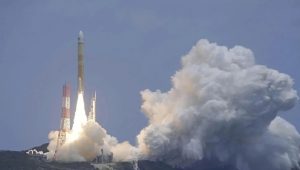On October 14, as parts of the world will plunge into partial darkness during the annular solar eclipse, NASA will send rockets flying into the shadow of the eclipse. Under its mission, Atmospheric Perturbations around the Eclipse Path (APEP), the US space agency will launch three rockets to learn how the sudden drop in sunlight affects Earth’s upper atmosphere.
On Saturday, the people living near the White Sands Missile Range in New Mexico will see sudden bright streaks from the three NASA rockets racing towards the Sun when its brightness will dim to only a bright “ring of fire.”
During a total solar eclipse in 2017, many instruments in North America, even those located hundreds of kilometres outside the path of the eclipse, detected atmospheric changes. The eclipse also impacted important infrastructure such as GPS and communication satellites. The impact made it crucial to understand and model any disturbances to the ionosphere and what effect they can have.
The APEP mission will launch three rockets—the first will be launched about 35 minutes before the peak eclipse, one during the peak, and the third about 35 minutes later. Each rocket will deploy four small scientific instruments that will measure density, temperature, and changes in electric and magnetic fields.
The project is spearheaded by Aroh Barjatya, an engineering physics professor of Indian origin at Embry-Riddle Aeronautical University.















